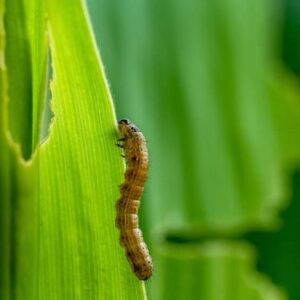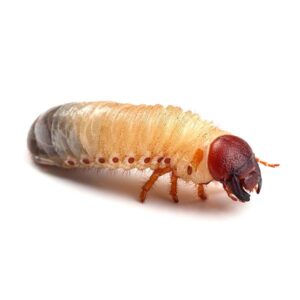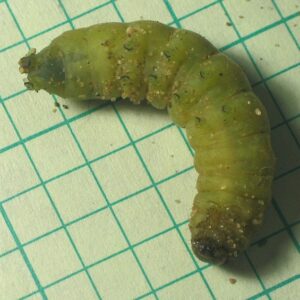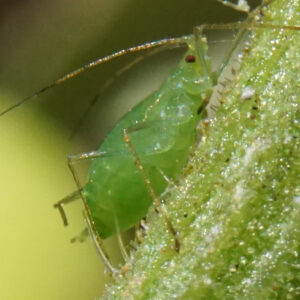Thrips in Broken Arrow OK
Thrips are tiny insects that can be found in gardens, fields, and even inside homes. These insects feed on plants by sucking out their juices. They can damage flowers, fruits, and vegetables. Thrips use their sharp mouthparts to pierce the plant cells and drink the sap. This feeding can cause leaves to turn pale, flowers to become deformed, and fruits to have scars or blemishes. Here in Broken Arrow OK, thrips can be active throughout the year, but their activity levels can vary depending on the climate and region. Generally, thrips tend to be more active during warmer months when temperatures are favorable for their development and reproduction.
Thrip Habitat
Thrips can be found in various habitats around the world, including Broken Arrow OK. They are commonly found in outdoor environments such as gardens, farms, and forests. However, some species of thrips can also adapt to indoor settings like greenhouses and homes. Thrips prefer warm and temperate climates, but they can survive in a wide range of conditions. They thrive in areas with abundant vegetation, as it provides them with a source of food. Flowers, fruits, and leaves are particularly attractive to thrips.
These insects are quite small, typically measuring only a few millimeters in length, which allows them to inhabit and hide in tiny crevices or protected areas of plants. They can be found on the surfaces of leaves, in the blossoms of flowers, or even inside buds and fruits.
Thrip Habits, Threats, & Dangers
Thrips are not considered dangerous to humans or pets. They do not bite or sting, and they are not known to transmit diseases to humans. So, from a direct harm perspective, thrips are generally not a concern.
However, thrips can be harmful to plants and crops. As mentioned earlier, thrips feed on plant sap by piercing the cells with their mouthparts. This feeding behavior can cause damage to leaves, flowers, and fruits. In severe infestations, the plant’s growth and overall health can be affected.
For farmers, gardeners, and those involved in agriculture, thrips can be considered pests due to the damage they can cause to crops and plants. They can reduce crop yields, affect the quality of harvested produce, and potentially disrupt the overall health of plants in agricultural systems.
If you are dealing with a thrip problem, it is best to contact a licensed exterminator.





